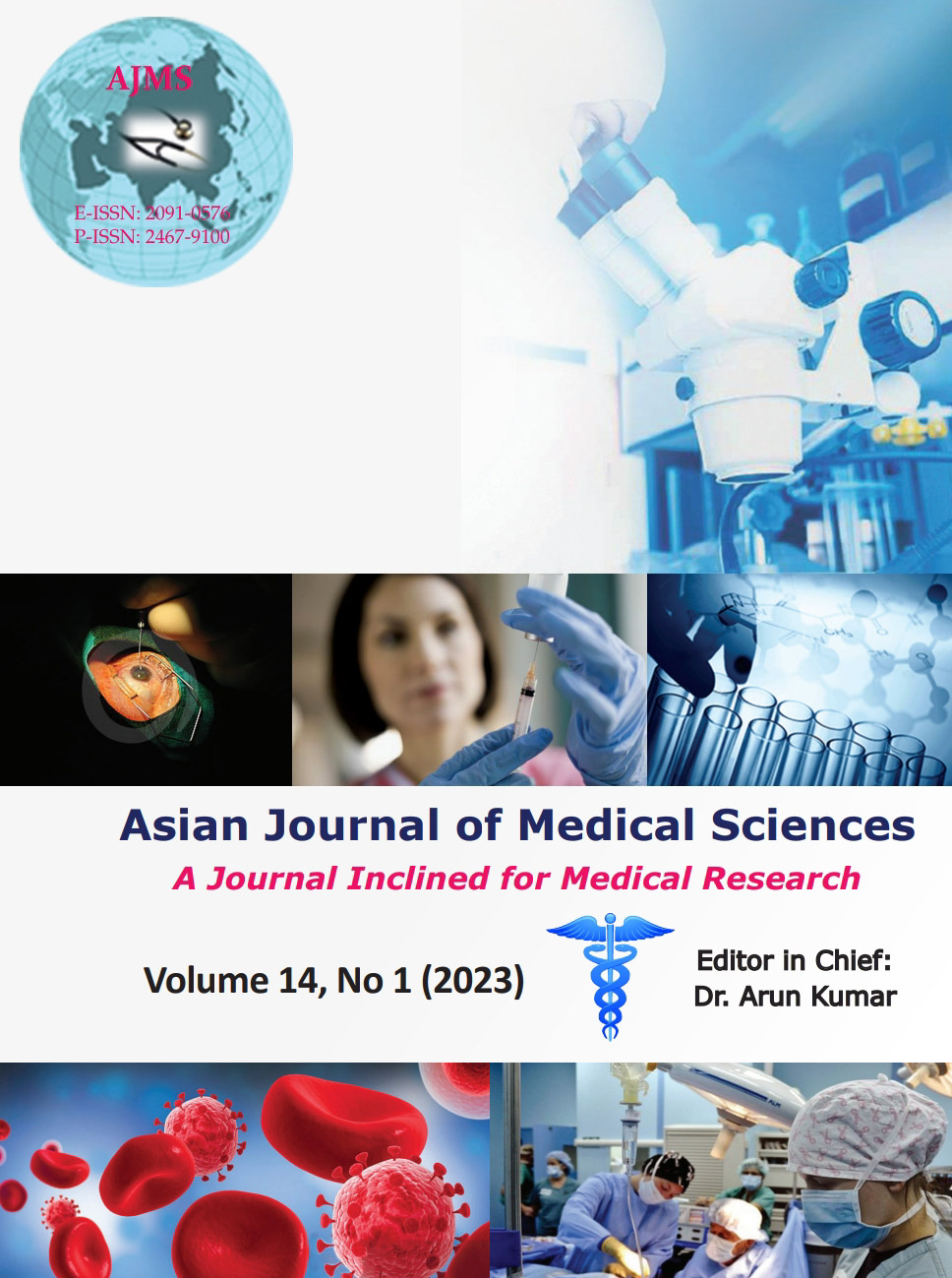Pelvic organ prolapse – A hidden disfigurement affecting sexual function
Keywords:
Pelvic organ prolapse; Sexual function; Sexual frequencyAbstract
Background: Assessment of sexual function in prolapse cases is important. Studies focusing on relationship between sexual function and pelvic organ prolapse (POP) are sparse.
Aims and Objectives: The aim of the study was to evaluate sexual function in women with symptomatic POP.
Materials and Methods: Women undergoing surgery for POP were interviewed.
Results: Among the 60 cases of POP, 35% of women accepted that they used to find ways to avoid sexual intercourse due to their prolapsed organs. Difficulties faced during intercourse were – pain during intercourse (70%), bleeding/discharge (46.67%), burning sensation (20%), unable to achieve orgasm (30%), and urinary leakage in 10%. Almost 68 % of women felt that sexual frequency was decreased in their husband also. About 27% of women felt that due to their disturbed sexual life, their husband started being irritated and frustrated with some even leaving sex in between (8%). About 30% of cases, women said that their husband was really disturbed with her problems and had started avoiding sexual activities as they feared that this might further aggravate her condition.
Conclusion: This study emphasizes need to assess sexual profile in women with POP with a message that there is a definite scope of improvement in this regard.
Downloads
Downloads
Published
How to Cite
Issue
Section
License
Copyright (c) 2022 Asian Journal of Medical Sciences

This work is licensed under a Creative Commons Attribution-NonCommercial 4.0 International License.
Authors who publish with this journal agree to the following terms:
- The journal holds copyright and publishes the work under a Creative Commons CC-BY-NC license that permits use, distribution and reprduction in any medium, provided the original work is properly cited and is not used for commercial purposes. The journal should be recognised as the original publisher of this work.
- Authors are able to enter into separate, additional contractual arrangements for the non-exclusive distribution of the journal's published version of the work (e.g., post it to an institutional repository or publish it in a book), with an acknowledgement of its initial publication in this journal.
- Authors are permitted and encouraged to post their work online (e.g., in institutional repositories or on their website) prior to and during the submission process, as it can lead to productive exchanges, as well as earlier and greater citation of published work (See The Effect of Open Access).




